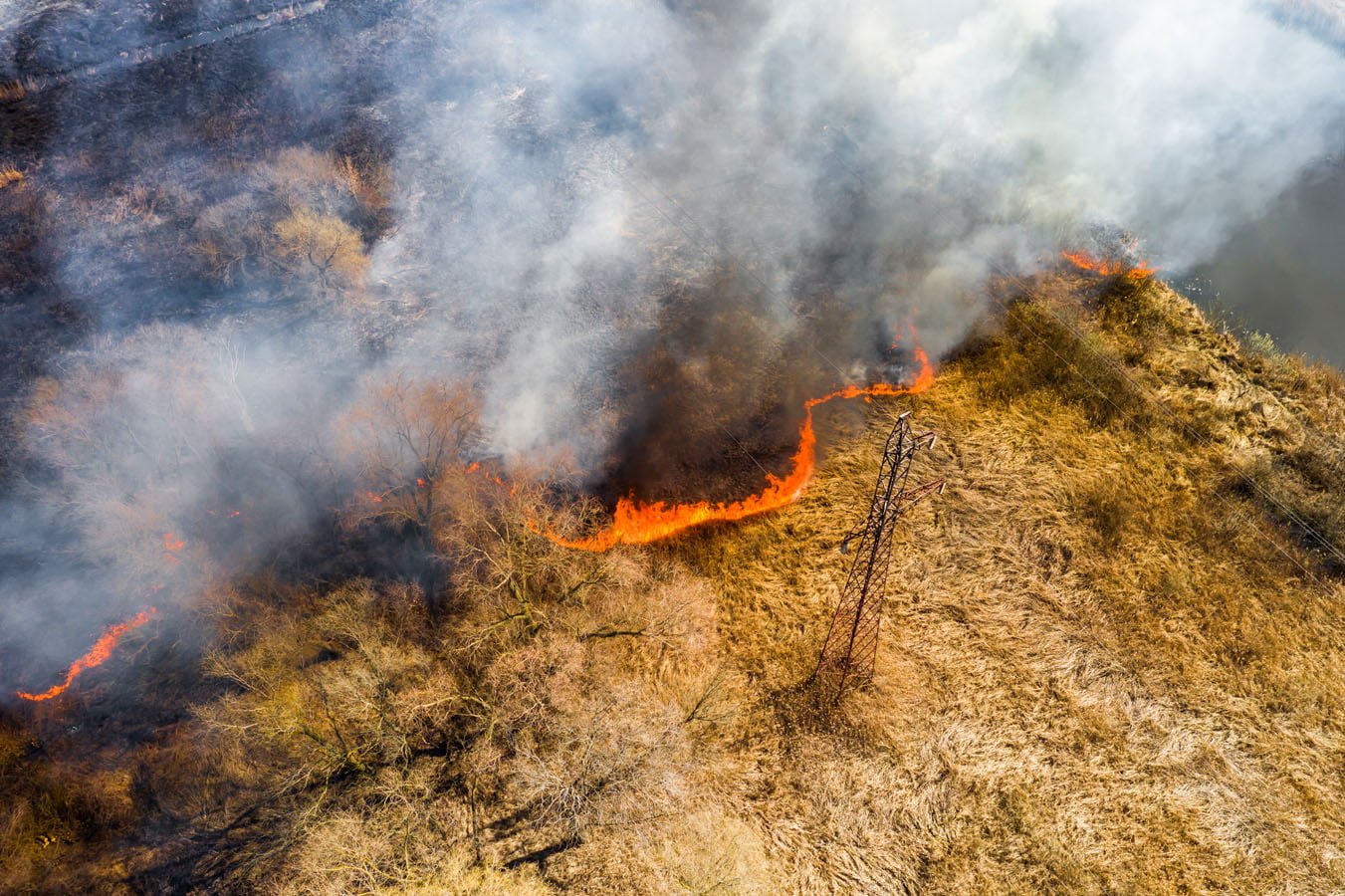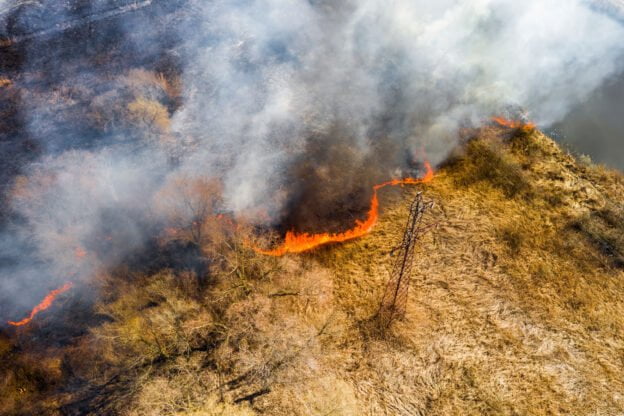Surface water quality after wildfires in areas with anthropogenic influences have documented increases in various metal pollutants such as lead, mercury, copper, and zinc, as well as nutrients, total suspended solids (TSS), and sediment. However, there is very little research on bacteria, specifically Escherichia coli (E. coli), following wildfires. This research focuses on the 2018 Woolsey Fire in Malibu, California, to understand the seasonal trends of pollutant levels for E. coli, nitrogen, phosphorus, TSS, and copper, as well as analyze the impacts of other factors such as land use, discharge, precipitation, and septic tank locations on contaminant loading. Water quality data from monitoring stations three years prior to the Woolsey Fire and two years after the fire for three watersheds, of which two were coastal watersheds that were burned.
About Instructor






